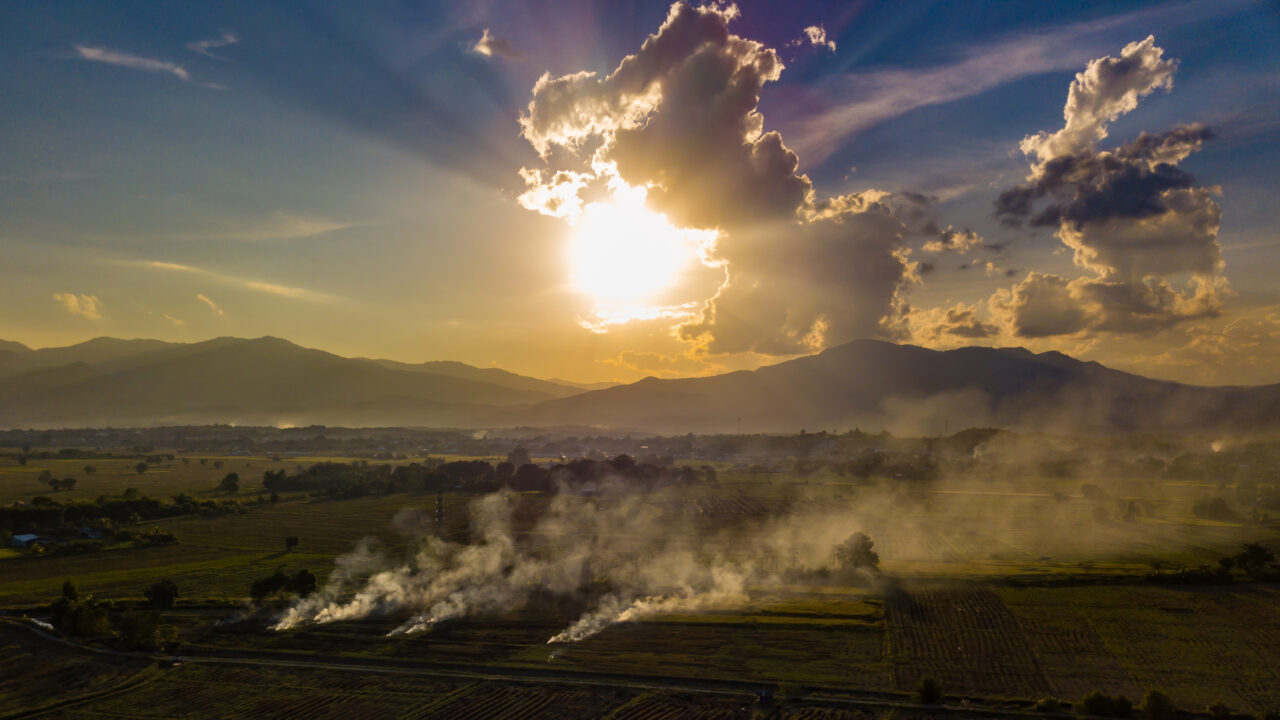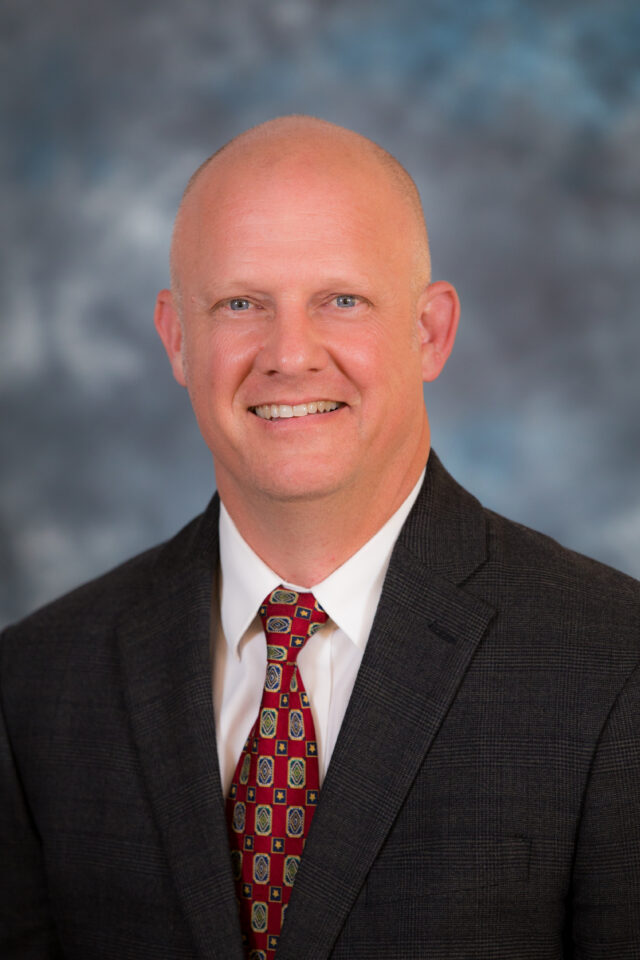

The spread of misinformation is commonly used to generate clicks, but the consequences of pushing a false narrative, especially when it comes to agriculture, can impact our long-term survival.
The recent coverage of a study by Florida State University attacks farmers, but lacks scientific evidence to support its claims, and that puts our nation’s domestic supply of safe, wholesome food in danger.
Here are the facts we do have about Florida farmers: they grow food that feeds the world.
Florida agriculture produces more than 300 different commodities. We rank first in the nation for the production of cucumbers, grapefruit, squash, sugar cane, fresh market tomatoes, radishes, guavas, mangoes, passion fruit, watermelon and kumquats.
These foods are enjoyed across Florida and around the nation. Many are exported to other countries.
South Florida has earned the title as the Winter Vegetable Capital for the United States because more than 179 million Americans who live East of the Mississippi River depend on this region for fresh vegetables like corn, lettuce and green beans during this time of the year.
As the world population grows, the importance of a safe, domestic and sustainable supply of food does, too. By 2050, the Earth’s population is expected to exceed 9 billion people. Yet, at current agricultural level productions, we will not have enough wholesome food products to feed families around the world. Therefore, it is critical to research, develop new technologies and foster innovations to increase efficiencies in food production. Simply put, Florida farmers must do more with less.
Campaigns against farmers rooted in falsehoods and inaccuracies, however, threaten to derail our efforts to feed the world. The recent FSU study calling for land management practices to change lacks data and evidence to support its claims. The study alleges a public health crisis where there isn’t one.
Routinely, trusted air quality data reported by the government shows the Glades’ farming communities have better air quality than in urban areas. Ignoring this data for the sake of pushing a false narrative hurts Florida farmers, which operate under some of the strictest environmental standards in the world.
The study targets Florida‘s prescribed burning program, which is a proven effective tool to manage land, prevent wildfire and protect critical habitats for endangered wildlife.
Prescribed fire is the application of controlled burning to maintain a healthy ecosystem, and it benefits our environment in many ways. For one, it reduces fuel that contributes to catastrophic wildfires. Periodic fire also recycles nutrients back into the soil and removes threatening, invasive pests and disease. By reducing the overcrowding of vegetation, prescribed fire protects the natural habitats of many endangered species, like the red-cockaded woodpecker, Florida scrub jay and gopher tortoise, among others.
Florida is a proven leader and model for other states when it comes to prescribed burning. In an average year, more than 2 million acres in Florida are authorized for burning. The U.S. EPA and U.S. Fish and Wildlife Service have both applauded the program’s effectiveness. It “is not only helping us protect and recover imperiled fish and wildlife resources, but also helps protect people and their homes from wildfires,” said Larry Williams, Florida State Supervisor for Ecological Services of the U.S. Fish and Wildlife Service in 2015.
Prescribed burning in Florida is highly regulated and closely monitored. Burns are conducted and overseen by experienced fire managers who are trained by the Florida Forest Service to control fire location, spread, intensity and many other elements. In addition, prescribed burning is scheduled according to weather conditions and with input from state-of-the-art smoke modeling software to ensure that it is safe for those conducting the burn and communities surrounding any burn.
Just last month, Florida’s Commissioner of Agriculture Wilton Simpson described Florida farmers as “Florida’s first environmentalists.” He said: “When you pull your living out of the ground every day, you know just how sacred that is and how much the conservation of our natural resources matters.”
Commissioner Simpson knows because, like me, he’s a farmer, too.
We take our responsibility to care for the land seriously, and prescribed burning is an important part of our efforts. We must rely on sound science to guide our efforts rather than unfounded claims and misinformation.
Our families, your families, and families around the world depend on us.
___
Jeb. S. Smith is the president of the Florida Farm Bureau Federation. A lifelong resident and business owner in St. Johns County, Smith and his family produce cattle, hay and sod. Smith’s family has farmed the land in St. Johns County for more than one hundred years. His current family farm was recognized as a Century Pioneer Family Farm in March of 2022.




One comment
george carter
February 11, 2023 at 5:27 am
Florida is the lightning capital of the USA, with lightning starting over 5,000 wildfires annually, most of which go unnoticed because we are also one of the wettest with the most rain. Most of the prescribed burns facilitate factory tree farmers’ greed because unwanted underbrush takes nutrients and water away from their crop. Why does one of the rainiest states in the USA have more prescribed burns than any other state in our nation? Florida has over 88,000 controlled burns annually and only about 5,000 wildfires annually; Florida is one of the rainiest regions in North America. Most wildfires are caused by lightning and don’t have a chance to cause problems. This form of tree farming destroys valued habitats, diminishes Florida’s topsoil in our primarily sandy soils, and promotes desertification. Florida has become a “right to burn” state, where government and private entities burn 2.1 million acres every year. We are led down this path by an industry that promotes prescribed burns for profit. They say fire creates habitat. Fire destroys habitat. They say controlled burns prevent wildfires, but there isn’t a single case documented in Florida. They repeatedly burn the same tracts regularly to maintain a false narrative about the nature of an area. They lobby our government for grant money to burn natural areas. They need to be stopped. Florida is one of the wettest state, right behind Hawaii
Comments are closed.